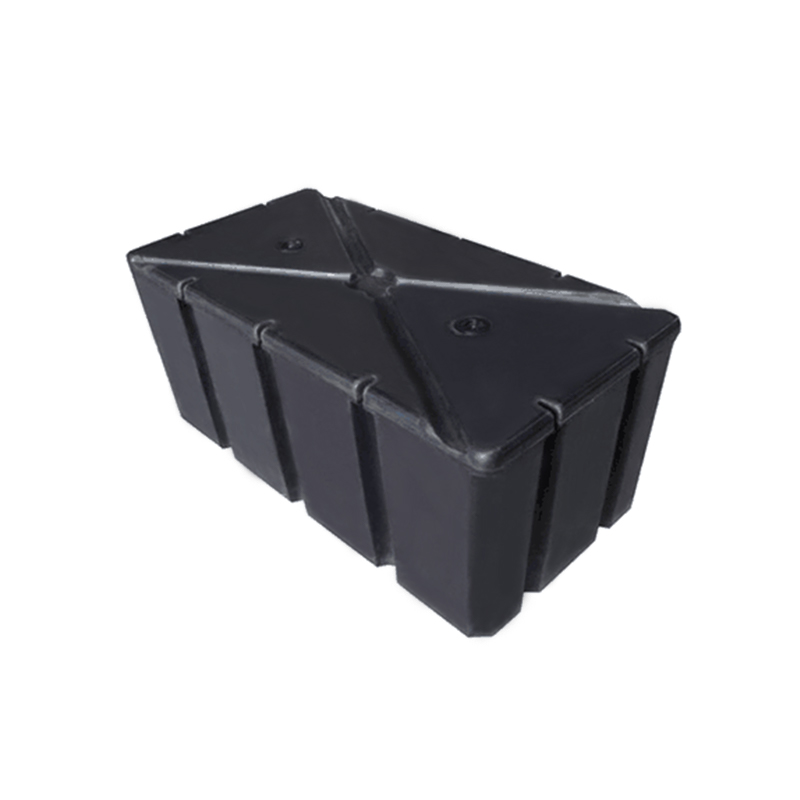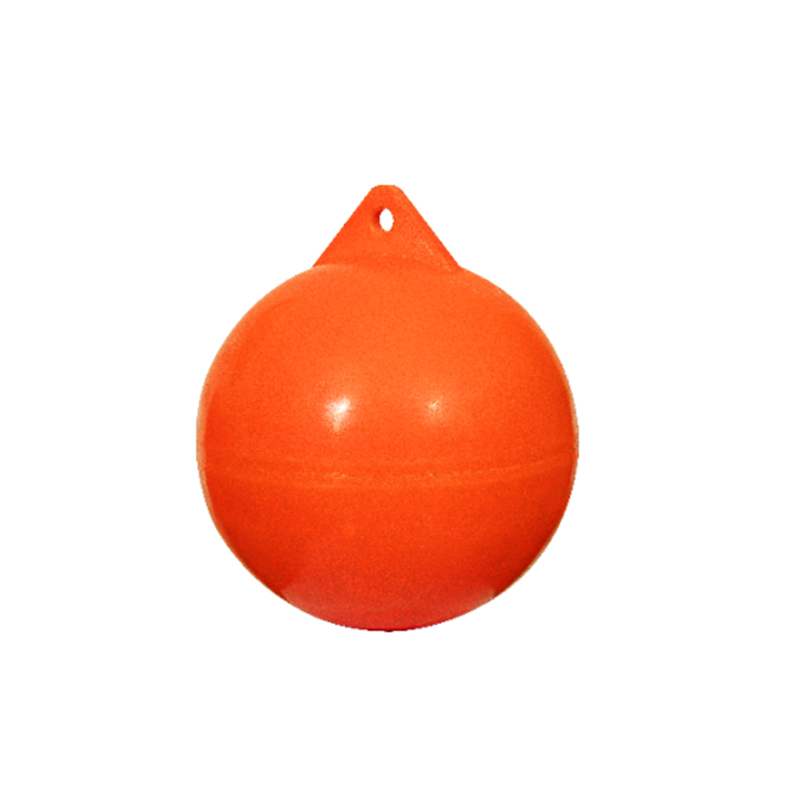Why choose PE and LLDPE materials for conical bottom storage tanks?
1. Excellent corrosion resistance
PE (polyethylene) and LLDPE (linear low-density polyethylene) materials have excellent corrosion resistance due to their unique chemical structure. These materials have natural resistance to a variety of acids, alkalis, salts and other chemicals, which can effectively prevent these chemicals from corroding the tanks. For example, in the chemical industry, tanks need to store and handle highly corrosive chemicals. Cone Bottom PE Storage Tank can prevent these chemicals from corroding the inner wall of the tank, ensuring the long-term stability and safety of the tank. In addition, these materials also have good corrosion resistance to humid environments and are suitable for use in various environmental conditions. Their corrosion resistance not only extends the service life of the tank, but also reduces the cost of frequent replacement of tanks due to material corrosion. This corrosion resistance makes PE and LLDPE an ideal choice for those that need to withstand harsh chemical environments, ensuring the stable operation of the tank in various application scenarios.
2. Strong impact resistance
The impact resistance of PE and LLDPE materials is one of their main advantages. This property makes these materials less likely to break or be damaged during handling and storage. Storage tanks with strong impact resistance can effectively absorb and disperse the impact force when facing the physical impact that may be encountered during transportation, installation and use, thereby protecting the storage tank from damage. This feature is particularly important in the construction industry and the food industry, because the application scenarios in these fields often require the handling of large amounts of materials and are prone to physical impact during handling and operation. For storage tank manufacturers, choosing PE and LLDPE materials can ensure that the products can withstand various mechanical stresses in actual applications and reduce economic losses and safety hazards caused by material breakage. Good impact resistance also improves the reliability and durability of the storage tank, and can maintain stable performance during long-term use.
3. Good processing performance
PE and LLDPE materials show excellent fluidity and formability during processing, which enables manufacturers to produce conical bottom storage tanks of various complex shapes through a variety of processing technologies. Whether it is injection molding, blow molding or rotational molding, these materials can be smoothly processed into the desired shape and size. For example, the conical bottom design can use gravity to naturally discharge liquid, optimizing the efficiency and functionality of the storage tank. Materials with good processing performance can also reduce waste during the production process, reduce production costs, and improve resource utilization. In addition, the processing performance of PE and LLDPE makes the production process more flexible, and the size, shape and other parameters of the tank can be customized according to the special needs of customers. This flexibility not only improves production efficiency, but also meets the specific requirements of different application fields, so that the tank can better adapt to the actual use environment.
4. Excellent UV resistance
LLDPE material has good ultraviolet (UV) resistance in particular, which means that it can maintain stable performance under long-term exposure to sunlight. The impact of ultraviolet rays on materials is mainly manifested in aging, discoloration, embrittlement and other problems of the material, which will reduce the strength and durability of the material. For cone-bottom tanks used outdoors, good UV resistance can prevent the physical and chemical properties of the tank surface from changing due to long-term sunlight exposure. This performance is particularly important for tanks that need to be exposed to outdoor environments for a long time, such as tanks used in agriculture, construction and municipal facilities. UV resistance also ensures that the tank can work stably under various climatic conditions, reducing material degradation due to environmental factors, thereby extending the service life of the tank and reducing the frequency of maintenance and replacement.


 English
English عربى
عربى




















